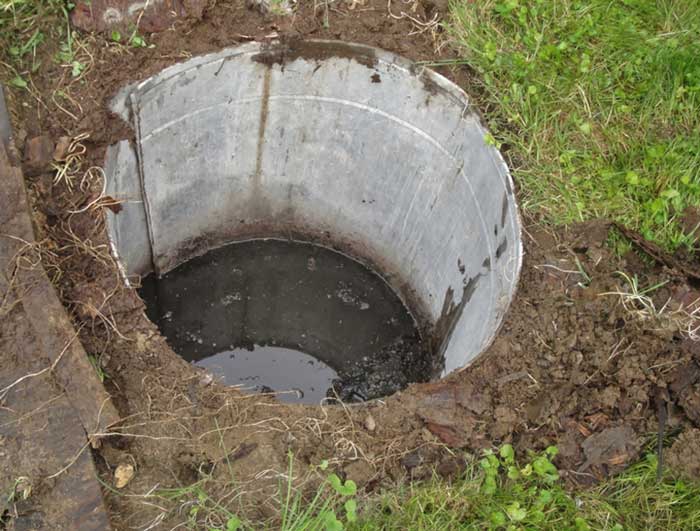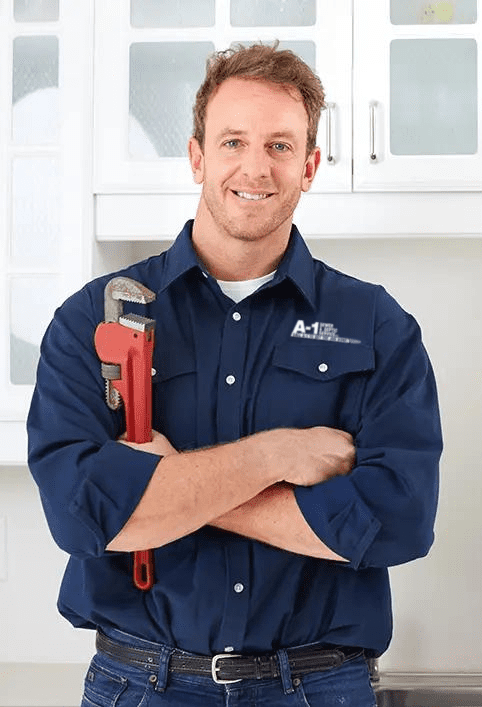Do you know how to maintain your septic system? With septic tank replacement running between $3,000 and $7,000, it’s important to keep your system in the best possible condition. Fortunately, it’s not hard to take care of it, if you follow a few simple tips.
First, though, let’s quickly review the basics of a septic system. Two parts comprise a septic system: the tank and the drain field. The septic tank is an underground container responsible for holding solids and scum that comes from your household wastewater. With the proper maintenance, it should last thirty years or so. Once in the septic tank, heavy solids sink to the bottom, and bacteria reduces them to sludge and gasses. Grease and other lighter solids rise to the top to form a scum layer; solids that don’t decompose must be periodically removed by pumping. Effluent, the wastewater that leaves the septic tank, enters the drain field for its final treatment and disposal. The drain field is made up of a network of perforated pipes in gravel trenches buried beneath the soil. The drain field can flood if it’s too full of wastewater or outside liquid, and that can lead to a sewage backup. The goal, therefore, of maintaining the septic tank, is to prevent solids from accumulating, and avoid groundwater contamination.
- Have your system regularly serviced. How often do you need your septic system pumped? It depends on the size of your household, total wastewater generated, the number of solids, and the size of your tank. The official EPA recommendation is that you have the system pumped every three years, but it’s a good idea to have it inspected and serviced more often than that.
- Mind what goes down the drain. Perhaps the most important thing you can do for your septic system is to be careful about what goes into it. Water from your shower, hot tub, garbage disposal, sinks, washing machine, and toilet all goes down to the septic tank. Therefore, it’s crucial to watch what you flush or pour down the drain. Be careful not to introduce any of the following into the system:
- Fats or grease
- Chemicals or drain openers
- Motor oils or fuels
- Disposable diapers
- Coffee grounds, egg shells, or nut shells
- Filter tip cigarettes
- Sanitary napkins, tampons or condoms
- Paper towels or rags
- Paints or chemicals
- Use an additive. Bacteria additives are made up of live, organic bacteria that break down the solids and substances that enter your septic system. Using these additives replaces natural bacteria that’s been killed, and is an inexpensive way to keep the system functioning policy.
- Maintain the drain field. This means preventing traffic, whether it’s heavy equipment, livestock, or vehicles. You’ll also want to be careful about what you plant, and avoid planting trees nearby so that you don’t end up with roots in your septic system.
- Conserve water. When you waste water, it all goes into the septic tank. That’s why it’s a good idea to save water whenever you can. Buy high-efficiency appliances and look for ways to save water as you go about your day.
- Know the signs of a problem. If your septic system is giving off an unpleasant odor, or there’s surfacing sewage, of course, you’ll recognize that as a problem. However, lush vegetation in the drain field area and wet spots in your lawn are also signs of an overloaded septic system. IF there are gurgling sounds in the plumbing, the fixtures drain slowly, or the plumbing backs up, call for service right away.
- Hire the right service provider. Shop around for service providers, and don’t just hire the cheapest. Instead, make sure you hire a provider with the necessary experience and know-how to get the job done correctly.
When it’s time to service your septic system, trust A-1 Sewer & Septic Service Inc. to provide fast, friendly, efficient service at a reasonable cost. Having served the residents of the Kansas City Metro Area since 1968, we are focused on customer service and satisfaction and will work hard to help you solve your problem before more damage is done. Visit our website to learn more, or call us at 913-631-5201 any time of day or night for emergency services or to get a quote.




